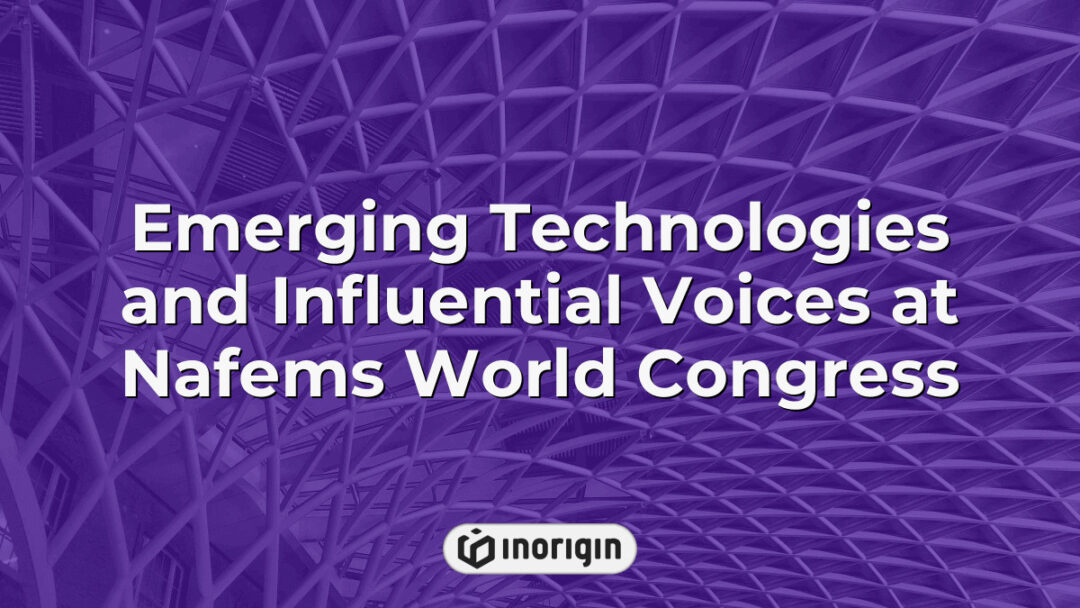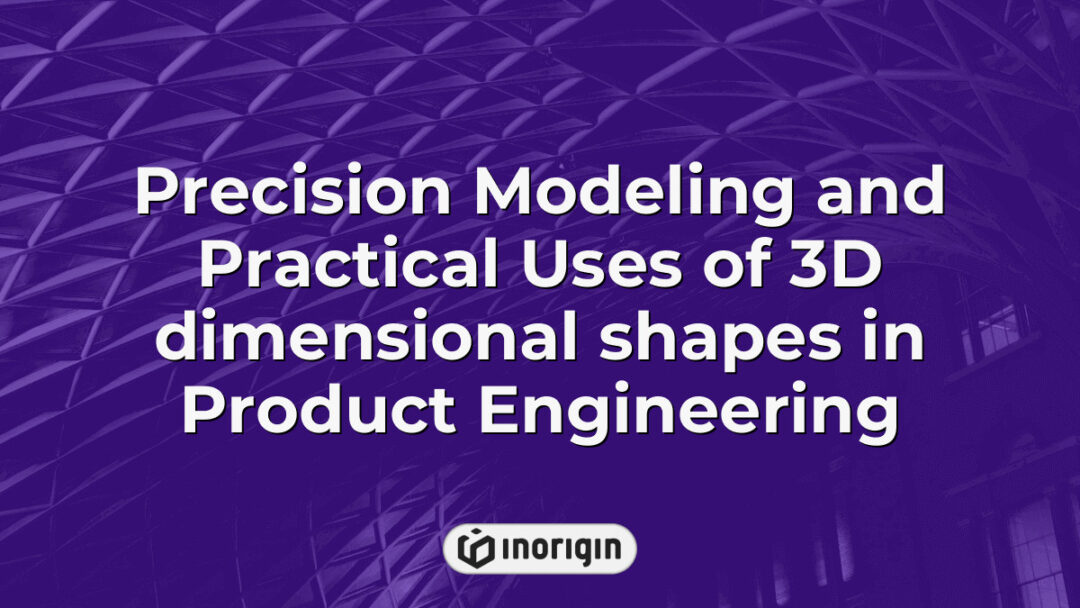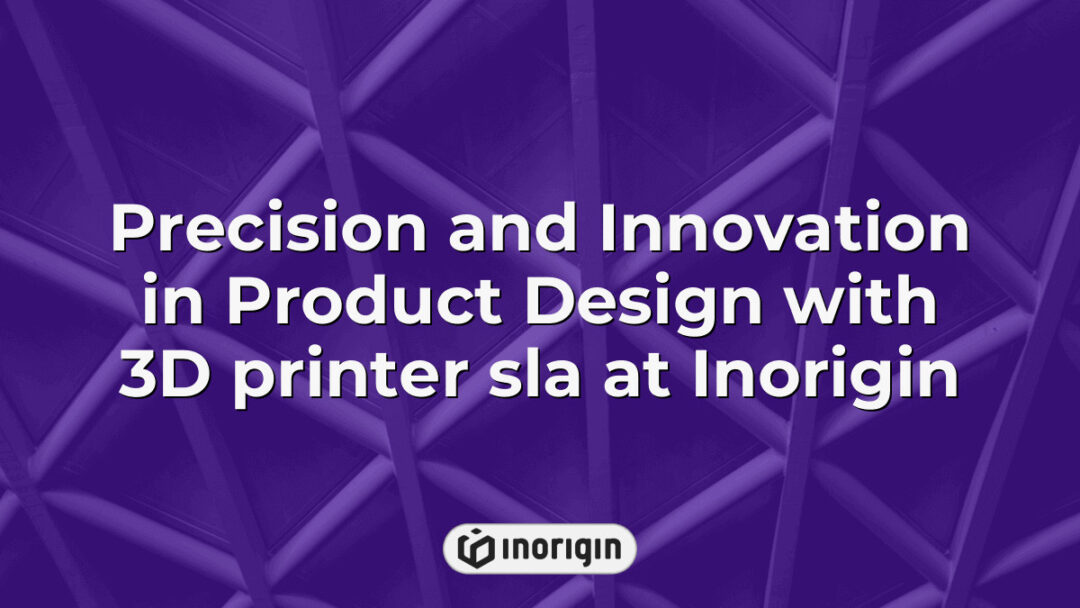The Nafems World Congress stands as a pivotal event in the realm of engineering simulation, drawing attention from leading experts and practitioners who converge to scrutinize the evolving landscape of computational analysis and modeling. Grounded in the hypothesis that interdisciplinary collaboration significantly enhances the precision and applicability of engineering solutions, this congress provides a platform for sharing pioneering research, emerging technologies, and best practices. This event not only facilitates in-depth discussions on the latest advancements in finite element analysis, computational fluid dynamics, and optimization techniques, but also challenges attendees to critically evaluate the synergy between innovative methodologies and traditional engineering principles. Thus, the congress serves as a catalyst for redefining the boundaries of simulation-driven engineering and fostering a collaborative spirit that is essential for future developments in the field.
| Aspect | Key Takeaway |
|---|---|
| Nafems World Congress Focus | The Nafems World Congress is a biennial event that brings together top experts in engineering simulation to explore innovations in computational analysis and modeling. |
| Interdisciplinary Collaboration | Collaboration across engineering disciplines at the congress enhances simulation accuracy and drives practical engineering advancements. |
| Emerging Technologies | Cutting-edge topics include advancements in finite element analysis, computational fluid dynamics, and the integration of AI in simulation workflows. |
| Networking and Partnerships | The congress offers unique opportunities for professionals to connect, fostering partnerships that accelerate innovation across industries. |
| Educational Initiatives | Nafems supports closing workforce skill gaps by promoting educational programs and industry-academia collaborations focused on simulation expertise. |
| Technological Accessibility | Showcasing cloud-based simulation platforms, the congress highlights tools that increase accessibility for engineering firms and design studios. |
| Future Outlook | Strategic emphasis on emerging technologies and collaborative innovation positions Nafems to lead advancements in simulation-driven product development. |
Overview of Nafems World Congress
The NAFEMS World Congress serves as a significant forum within the engineering and simulation community, offering a wide-ranging platform for dialogue among professionals and academics alike. Held every two years, this international conference aims to disseminate knowledge related to numerical analysis, finite element analysis, and associated computational mechanics. Participants engage in a diverse array of presentations, workshops, and panels, which cover emerging trends and pivotal methodologies relevant to the fields of engineering and simulation. For instance, recent congresses have showcased advancements in simulation technology, effectively highlighting the rapid transformation within industries such as automotive and aerospace. The exchange of ideas at NAFEMS not only facilitates the sharing of best practices but also encourages collaboration among attendees from various parts of the globe, thereby fostering a sense of community and enhancing networking opportunities. By advancing the understanding of critical tools and techniques, the NAFEMS World Congress ultimately contributes to the elevation of standards in engineering practice.
Key Themes and Topics Discussed
At the Nafems World Congress, an array of pressing themes and enduring topics arose, captivating the attention of professionals engaged in engineering simulation and engineering analysis. The discussions sought to unravel complexities, illustrating a narrative that punctuated the challenges and advancements within the field. For instance, innovations in computational fluid dynamics and structural analysis technologies showcased how practitioners are addressing real-world problems, thereby enhancing the efficiency and accuracy of their simulations. Transitioning to sustainability in engineering practices highlighted another critical angle, as attendees explored how to integrate eco-friendly methodologies into simulation processes—sparking debates that resonated far beyond the conference room. Meanwhile, the advancing role of artificial intelligence in predictive analysis introduced a sense of urgency; it suggests a turning point that could redefine traditional practices in engineering domains. Such varied topics not only revealed a rich tapestry of knowledge but also evoked a sense of anticipation regarding the future trajectory of the engineering discipline highlighted at the Congress. As the conversations continued to unfold, it became increasingly evident that this convergence of ideas is not merely an academic exercise but a clarion call for professionals to adapt and innovate within an ever-evolving landscape.
Notable Speakers and Contributors
The NAFEMS World Congress serves as a crucial venue for industry professionals, showcasing a wide array of notable speakers and contributors who lend their expertise to the discussions. These expert figures often participate in various seminars and workshops, sharing insights that elucidate the current challenges and advancements within the field. For instance, contributions from leading thinkers in engineering analysis and simulation not only highlight innovative methodologies but also provoke thoughtful dialogue among attendees. Another salient aspect is the participation of academia, where professors and researchers present cutting-edge studies that challenge existing paradigms. This blend of voices creates an environment rich in knowledge exchange, fostering collaborative efforts that have the potential to yield groundbreaking developments. Such interactions underscore the importance of continuing education and professional growth within the engineering community, ensuring that the latest trends and technologies disseminate widely and effectively across sectors. The integration of different perspectives, whether from commercial enterprises or educational institutions, enhances the overall depth and relevance of the congress, ensuring that the discourse remains timely and impactful.
Innovations and Technological Advances Highlighted
At the Nafems World Congress, an unexpected confluence of technologies and innovative techniques emerged, underscoring the rapid evolution within the engineering simulation sector. Within this context, various advancements were spotlighted, emphasising the critical role innovations play in enhancing design and analysis methodologies. For instance, developments in computational fluid dynamics merged seamlessly with machine learning techniques, paving the way for real-time simulations that optimise performance while reducing resource consumption. Furthermore, alternative approaches such as cloud-based simulation platforms demonstrate how accessibility to sophisticated tools expands opportunities for smaller enterprises and educational institutions alike.
The dialogue surrounding these technological advances reflects a dynamic interplay between traditional engineering practices and modern computational capabilities, presenting new possibilities for collaboration across disciplines. In particular, the integration of multi-physics simulation tools enables engineers to evaluate complex interactions within systems, thereby enhancing predictive accuracy and enabling better-informed decision-making. Such strides in innovation not only facilitate a deeper understanding of material behaviours and structural responses but also contribute to the development of more sustainable engineering practices. As the congress continues to unfold, the emphasis on advancements promises to reshape the landscape of engineering technologies and empower professionals with transformative capabilities.
Future Directions and Next Steps for Nafems
The future directions and next steps for Nafems outline significant opportunities and challenges that lie ahead for the organization. To effectively navigate this evolving landscape, it is essential to establish a clear framework for action. First, strengthening collaborations among industry stakeholders will be crucial; by fostering partnerships, Nafems can harness collective expertise to drive innovation. Second, investing in educational initiatives aimed at fostering the next generation of engineers will serve to address skill gaps in the workforce. Third, enhancing the dissemination of technological advancements within the community can facilitate greater knowledge-sharing and application of cutting-edge solutions. Lastly, developing a strategic roadmap that prioritises research into emerging technologies is necessary to remain at the forefront of engineering simulation and modelling practices. As these key areas come into focus, the keywords of future directions and next steps for Nafems underscore the importance of a proactive approach to ensure its relevance and efficacy in an increasingly complex environment. The trajectory of Nafems will thus depend on ongoing adaptation and alignment with the needs of its members and the broader engineering community.
Frequently Asked Questions
What is the history and background of Nafems?
The history and background of NAFEMS, which stands for the National Agency for Finite Element Methods and Standards, trace back to the early 1980s when a group of engineers and researchers recognized the need for a collective approach to advancing finite element analysis (FEA) techniques and methodologies. Established in 1983, NAFEMS aimed to foster communication and collaboration amongst professionals in the engineering and numerical simulation sectors. Over the years, the organisation has expanded its reach, reflecting the growing significance of simulation technologies in engineering disciplines. Notably, the inception of the first NAFEMS World Congress in 1995 marked a milestone, creating a platform for members to share insights and developments within the field. The organisation not only promotes best practices in simulation but also facilitates training and the establishment of standards, ensuring that engineers are equipped with the latest knowledge and tools. As the engineering landscape evolves with innovations in simulation, data-driven methodologies have become indispensable, prompting NAFEMS to adapt its strategies and resources to meet these emergent demands. This adaptability ensures that professionals are prepared to tackle the challenges posed by modern engineering requirements and that NAFEMS remains relevant in a continuously changing environment.
How can individuals or organizations become members of Nafems?
The concept of professional membership in organizations can often feel reminiscent of ancient guilds, where craftsmen once banded together to share knowledge and uphold standards. In the context of NAFEMS, individuals and organizations interested in membership are presented with distinct pathways to explore. For professional engineers and practitioners engaged in computational modelling, infrastructure development, or simulation technology, NAFEMS extends an invitation to join its ranks, facilitating access to various resources and networks. Membership options vary, catering to both individual professionals and large institutions, ensuring that specific needs and objectives are addressed. For instance, organisations can choose from corporate memberships, which provide broader coverage and benefits, whereas individuals may opt for personal memberships to connect and grow within their niche. This flexibility encourages a diverse membership base, enhancing collaboration and innovation within the engineering community. The process of becoming a member generally involves completing an application where prospective members outline their expertise and interests; upon acceptance, they gain access to exclusive publications, webinars, and events, creating multiple opportunities for professional development and networking that might prove invaluable in their careers. As the field of engineering continues to evolve, the importance of such networks should not be underestimated, for they serve as a synergetic force driving progress in technology and methodologies.
What are the benefits of attending the Nafems World Congress for professionals in the field?
The benefits of attending the NAFEMS World Congress for professionals in the field unfold like the petals of a blossoming flower, offering rich opportunities for growth and knowledge exchange. First and foremost, the congress provides a platform for networking with industry leaders, researchers, and practitioners, facilitating valuable connections that can lead to collaborative projects and groundbreaking innovations. Additionally, the diverse range of presentations and workshops allows participants to engage with the latest developments in engineering analysis and simulation; for instance, in 2022, sessions included cutting-edge topics such as machine learning applications in computational modelling and advancements in finite element analysis. Furthermore, attendees gain access to a wealth of technical resources and case studies, enabling them to bring fresh insights back to their own organisations. The experience serves not merely as a professional development opportunity; it is an immersion into a shared community dedicated to pushing the boundaries of knowledge and practice in the engineering domain. Ultimately, attending the NAFEMS World Congress serves to epitomise a commitment to ongoing education and innovation, underscoring the significance of remaining informed in an ever-evolving industry.
Conclusion
In conclusion, the Nafems World Congress serves as a beacon of knowledge in the realm of engineering simulation, illuminating the path for professionals seeking innovation. Just as stars guide navigators through uncharted waters, this congress navigates the complexities of simulation, fostering collaboration and advancing the industry’s collective expertise.
Related posts:
- Engineering Breakthroughs Unveiled at Nafems 2019 Conference
- Finite Element Method Applications Enhancing Precision Engineering at Inorigin
- Finite Element Analysis Enhancing Product Engineering Precision at Inorigin
- Optimizing Mesh Generation and Coupling Techniques in fea cfd for Advanced Fluid Dynamics
- How Can Computational Design Improve Product Development by Enhancing Innovation Speed and Precision at Inorigin
- Finite Element Analysis FEA Techniques Driving Precision Engineering Innovations




